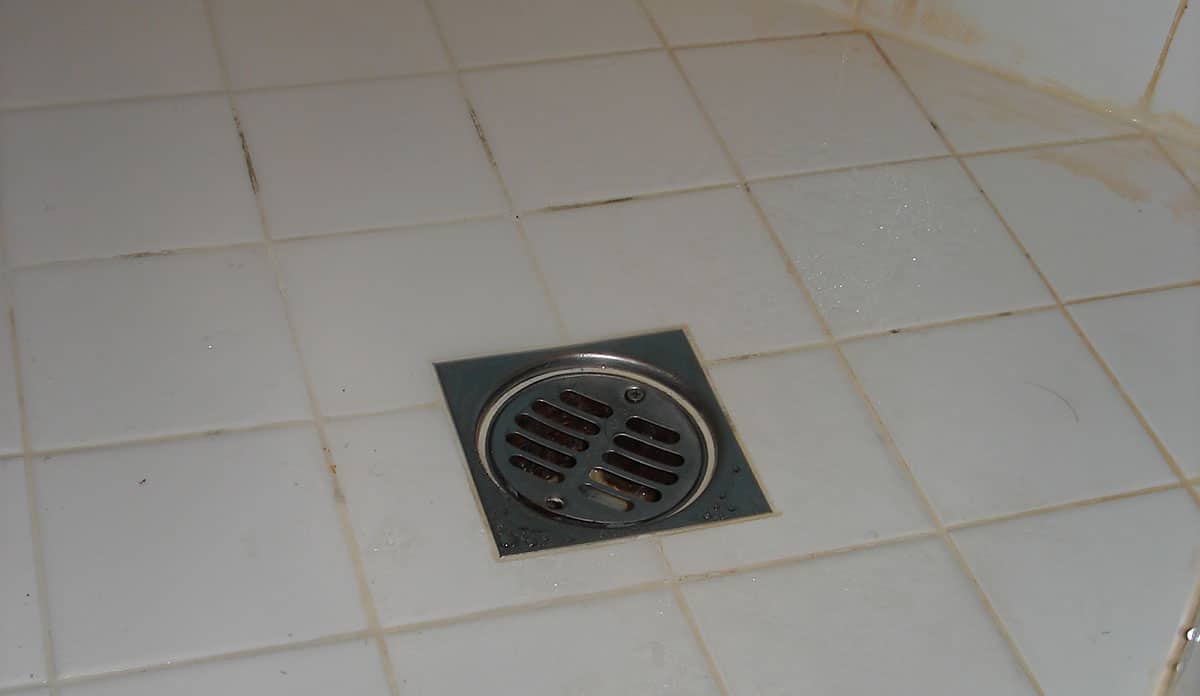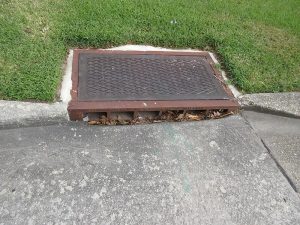The sight and smell of sewage backing up into your shower is seriously disturbing. Regardless of your aptitude for household plumbing, it is a clear sign that something is drastically wrong. The first step is diagnosing the issue and figuring out whether you are dealing with one single problem or a complex confluence of issues.
The Warning Signs
If sewage backs up into your shower, the odds are there were warning signs before it happened. That may include the drains running slowly or several fixtures struggling with water flow at the same time. You may also see the toilet gurgling or bubbling when you run water in another part of the house.
Most of the time, these signs point to a problem with the sewer drain line. Either you have a break or clog that restricts optimal movement. Here are some of the most common causes of sewer drain line issues:
Hair
Hair clogs form slowly as people’s hair follicles fall off during a shower or bath. The strands can intertwine and collect further down the drain. Typically, the water flow will continually diminish in force until it becomes a noticeable problem.
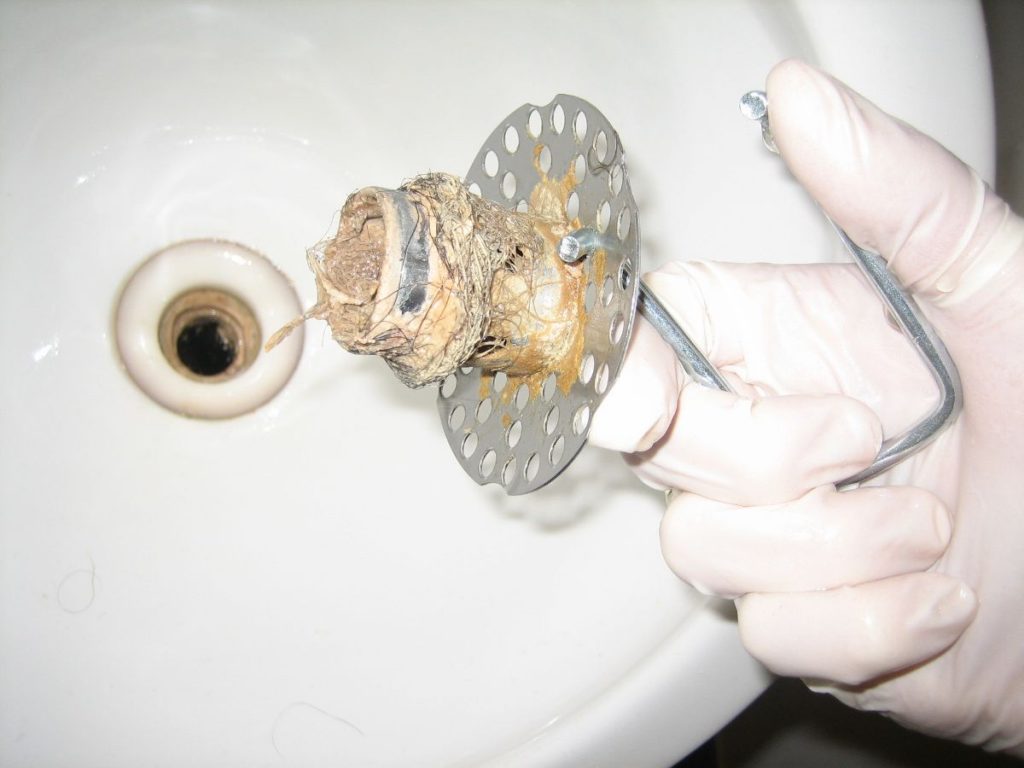
Mineral Deposits
The water in our pipes is not pure hydrogen and oxygen. There are trace amounts of minerals, such as potassium, calcium, and magnesium. While these elements can provide health benefits, they are less than ideal for your pipes. The substances build up slowly, causing a blockage if left untreated.
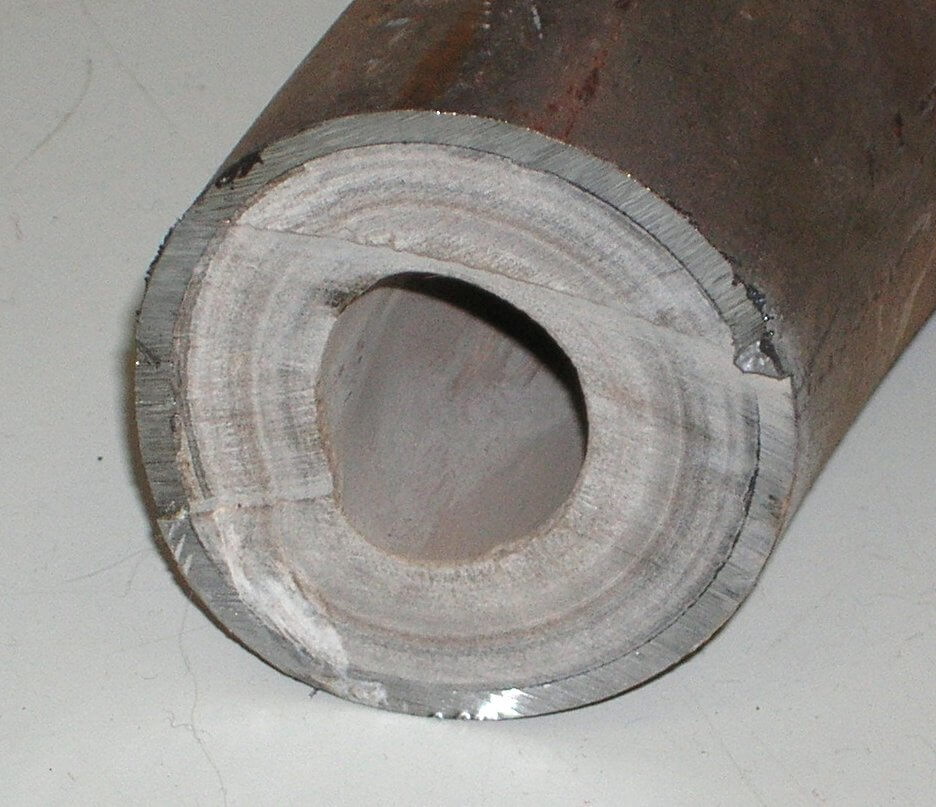
Greasy Substances
You have probably heard that you should never pour liquid bacon grease down the drain.
There is sound reasoning behind this advice. While fats, oils, and greases may be liquid when you get rid of them, they will solidify in a few minutes as they cool. The result is a sticky glob that is one of the more challenging substances to remove.
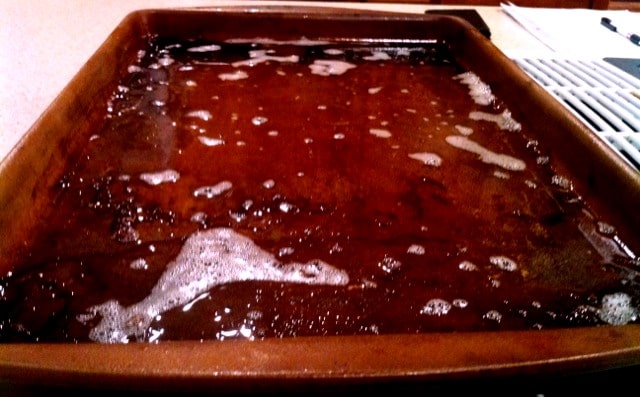
Tree Roots
Trees need moisture to grow. Therefore, the roots seek out water sources in the ground, which include your drainpipes. The roots may wrap themselves around the pipe or work their way in through a crack or seal. Either way, the results are problematic.
Tree roots are the outlier among these clogs because the problem is not human-made, nor does it come from inside the house. If you want to control the roots, your options are physical or mechanical root control. These can involve cleaning out pipes from the inside with an auger or pulling up your yard to remove lecherous roots. That said, make sure to plant trees or foliage away from drainpipes as a form of proactive maintenance.
Miscellaneous Materials
There is no limit to the things that people flush down their drains. Everything from sanitary napkins to facial tissues to feminine hygiene products. They all can create a dense clog. Other prohibited items include:
Cigarette butts, Condoms, Cotton, Cotton balls, Diapers, Floss, Food waste, Gum, Kitty litter, Pills, Plastics, Q-tips
As a point of reference, a sewer pipe is six inches in diameter. While a single wet wipe is not going to cause a clog, repeatedly doing so might. It is in your best interest to avoid flushing those specific items. This will help keep your shower free of backed-up sewage.
How to Fix Sewage Backing Up into the Shower
If you are face to face with a drainpipe problem, you should take immediate action. Waiting for the challenge to play out or self-correct will only make the issue worse. The first course of action is either chemical or mechanical draining.
Mechanical Draining
Augers or snake drains are among the most frequently used products to get rid of unwanted clogs.
You can feed these flexible, yet durable devices into your sewer line until it reaches the critical mass. From there, you use the auger or snake drain to shoot high-pressure streams of water at the debris. Homeowners can rent these tools. Be careful, though, because they can potentially damage your pipes.
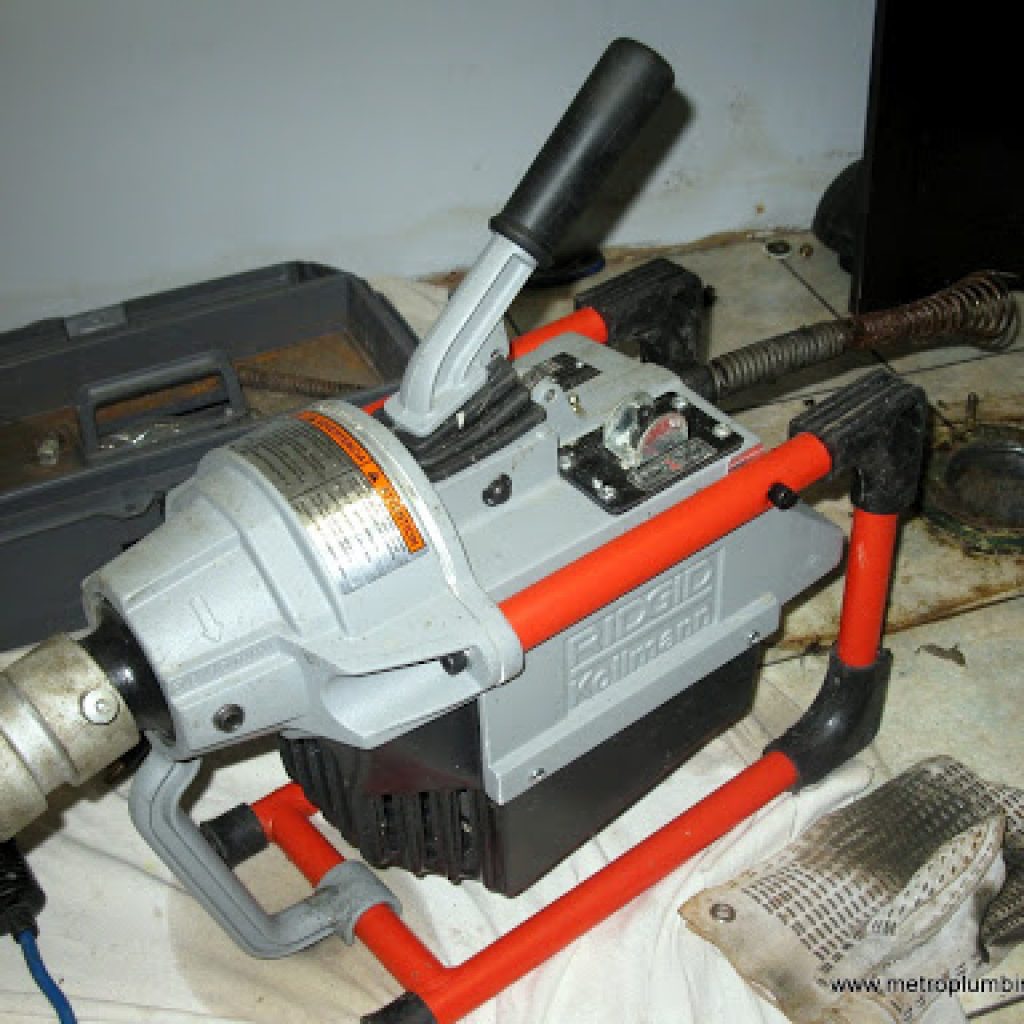
Chemical Draining
Chemical solutions are straightforward. All you have to do is flush a tablet (typically copper sulfate) down the toilet several times over a prescribed period, and the chemicals will break down the clog. This approach is best suited for removing roots and can work within hours, though a few weeks is more likely. Note that some municipalities prohibit the use of copper sulfate.
Call the Experts
Unless you have a background in plumbing or are an avid DIYer, it is better to leave the task to the professionals. You will save time and energy that would be better spent on more meaningful activities. Professionals have the knowledge and experience to quickly diagnose a problem, develop a solution, and implement it. Get a comprehensive consultation about your drainpipes from MT Drains by contacting us today.



